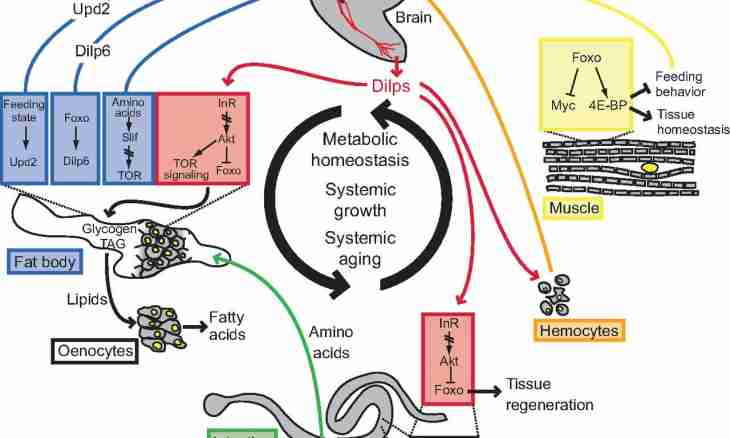The term "homeostasis" was introduced for the first time in 1932 by the American physiologist Walter Bradford Kennon. "Homeostasis" comes from Greek "similar, identical" and "a state, immovability". He means, according to the Big Soviet encyclopedia, relative dynamic constancy of structure and properties of the internal environment, stability of the main physiological functions of a living organism; ability of population to maintain dynamic balance of genetic structure that provides her maximum viability.
Most often the concept of "homeostasis" is used in biology. At the heart of function of a homeostasis the ability of living organisms to resist to changes of the external environment acts, using independent mechanisms of protection. Maintaining constancy of the internal environment - a necessary condition of existence of metaphytes. The system incapable of restoration, stops the functioning over time. For stability of the existence complex systems including a human body, have to possess a homeostasis, they not only seek for survival, but also adapt to environmental conditions, develop. Even taking into account the strongest changes, mechanisms of adaptation keep chemical and physiological properties of an organism in a condition of stability, without allowing to occur serious deviations.
The systems of a homeostasis have several signs. For example, they strive for balance, are unstable (are capable to change under influences of external factors) and also are unpredictable in respect of the response to the action made over them. Mammals have several homeostatic systems in an organism. These are the systems of allocation (almost, sweat glands), regulation of body temperature, glucose level in blood and amounts of mineral substances in a body.
Example of a homeostasis at plants - maintaining constant humidity of leaves by disclosure and closing of ustyitsa, selectivity in receipt of cations and anions in time absorption of water from the soil in a root and their distribution on bodies of plants. The systems of social, economic character also demand internal management and maintenance of balance therefore the term "homeostasis" was beyond biology long ago. It is applied also in ecology, cybernetics and other branches of science. Society - the sociocultural organism supported by homeostatic processes. So, the surplus of professionals in one area leads to self-control processes at which the number of representatives of this profession decreases. The homeostasis covers a set of areas of human knowledge today, but in most of them remains not up to the end studied.
